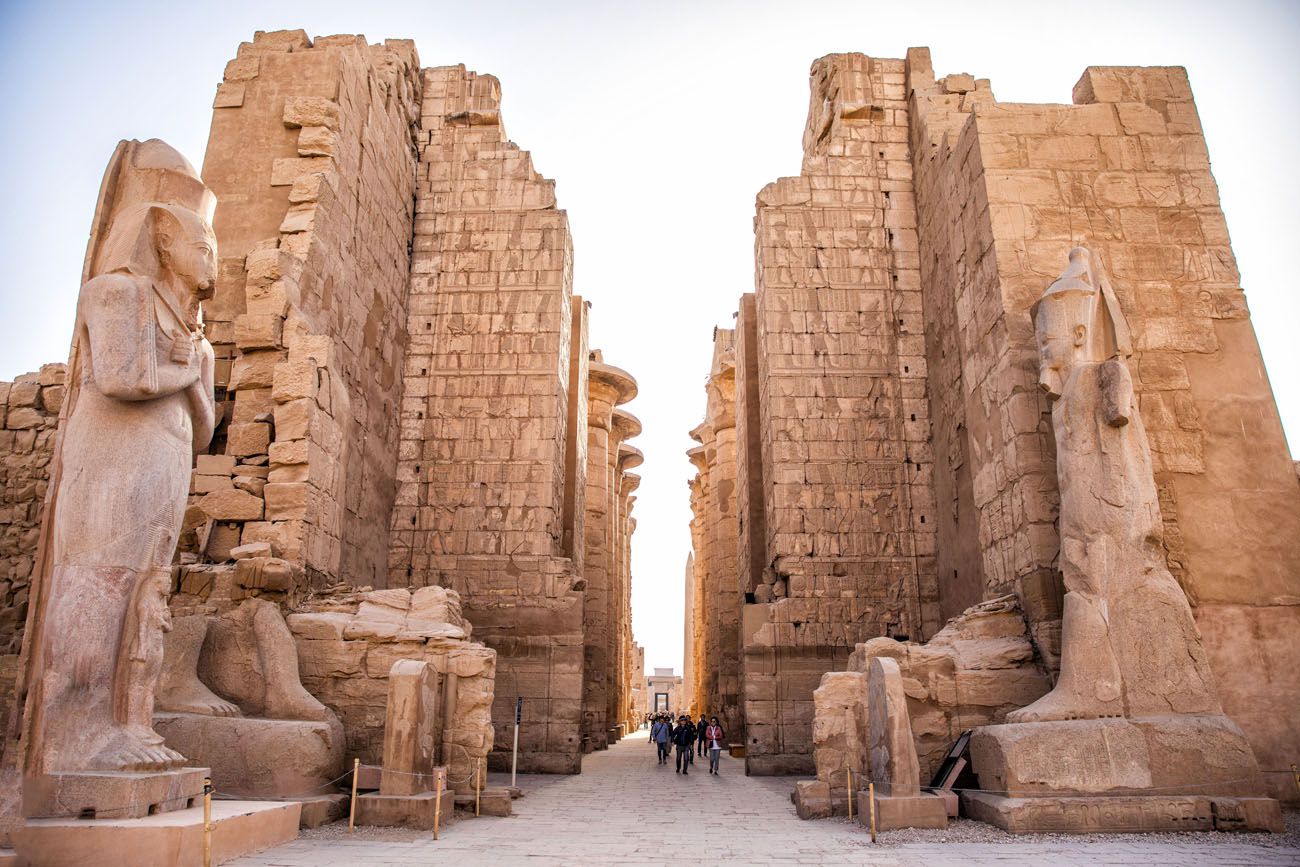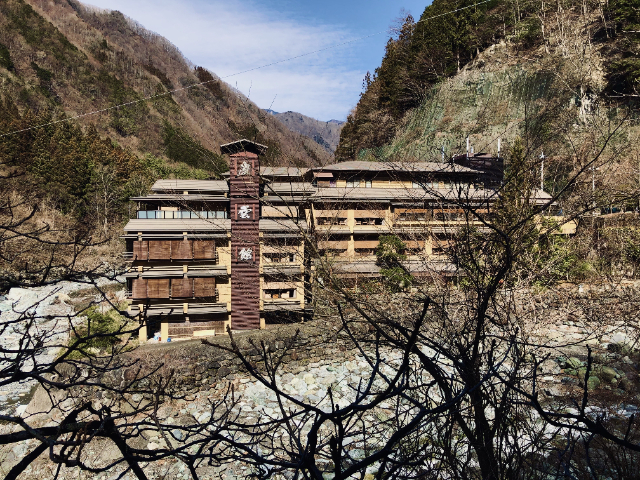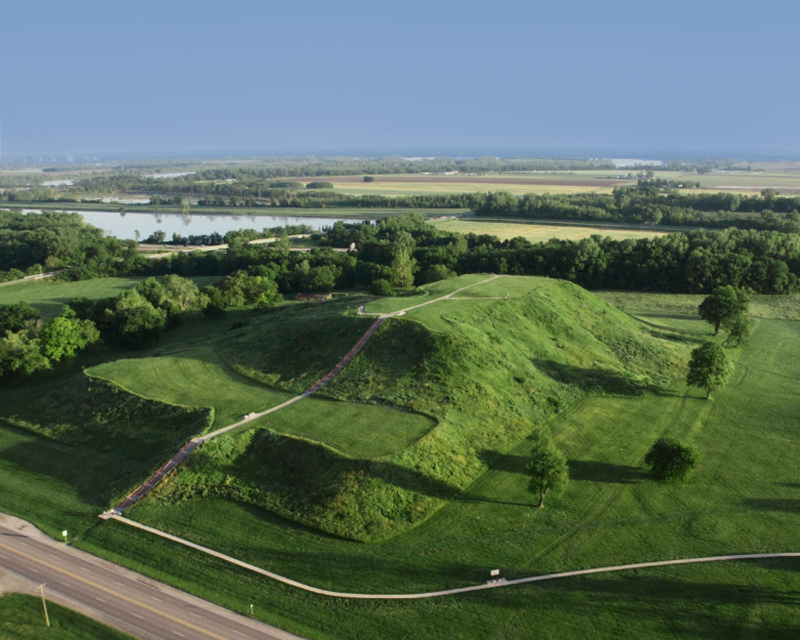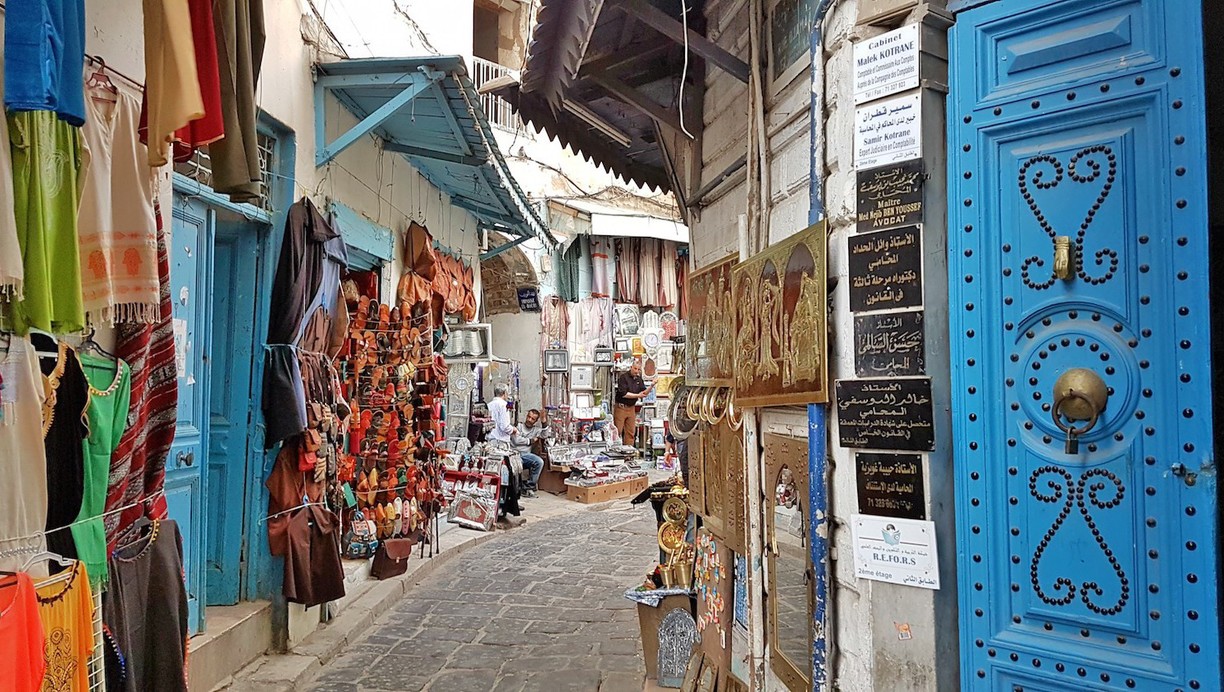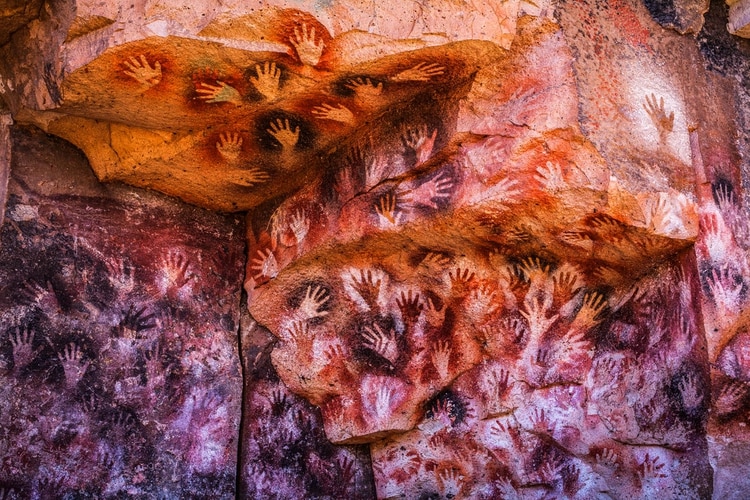Karnak is the modern-day name for the ancient site of the Temple of Amun at Thebes, Egypt. The Egyptians called the site Nesut-Towi, "Throne of the Two Lands", Ipet-Iset, "The Finest of Seats" as well as Ipt-Swt, "Selected Spot" (also given as Ipetsut, "The Most Select of Places"). The original name has to do with the ancient Egyptian belief that Thebes was the first city founded on the primordial mound which rose from the waters of chaos at the beginning of the world. At that time, the creator-god Atum (sometimes Ptah) stood on the mound to begin the work of creation. The site of the temple was thought to be this original ground and the temple was raised at this spot for that reason. Karnak is believed to have been an ancient observatory as well as a place of worship where the god Amun would interact directly with the people of earth.The Temple of Amun is the largest religious building in the world (though some claim Angkor Wat in Cambodia is larger) and honors not only Amun but other gods such as Osiris, Montu, Isis, Ptah and the Egyptian rulers who wished to be remembered for their contributions to the site. It was built gradually over the centuries, with each new ruler adding to it, from the beginning of the Middle Kingdom (2040 – 1782 BCE) through the New Kingdom (1570 – 1069 BCE) and throughout the Ptolemaic Dynasty (323 – 30 BCE). It has even been suggested that the rulers of the Old Kingdom (c. 2613 – c. 2181 BCE) first built there owing to the style of some of the ruins and the king’s list of Old Kingdom monarchs inscribed by Tuthmose III (1458 – 1425 BCE) of the New Kingdom in his Festival Hall there. His choice of kings suggests that he may have removed their monuments to build his hall but still wanted them to be remembered. Structures were regularly removed, renovated, or expanded during the temple’s long history. The complex continued to grow with each succeeding ruler and the ruins today cover over 200 acres of land. It has been estimated that one could fit three structures the size of Notre Dame Cathedral in the main temple alone. Karnak is comprised of a series of pylons (monumental gateways which taper towards the top to cornices), leading into courtyards, halls, and temples. The first pylon opens onto a wide court which invites the visitor further. The second pylon opens onto the Hypostyle Court which measures 337 feet (103 meters) by 170 feet (52 meters). The hall is supported by 134 columns 72 feet (22 meters) tall and 11 feet (3.5 meters) around in diameter.
